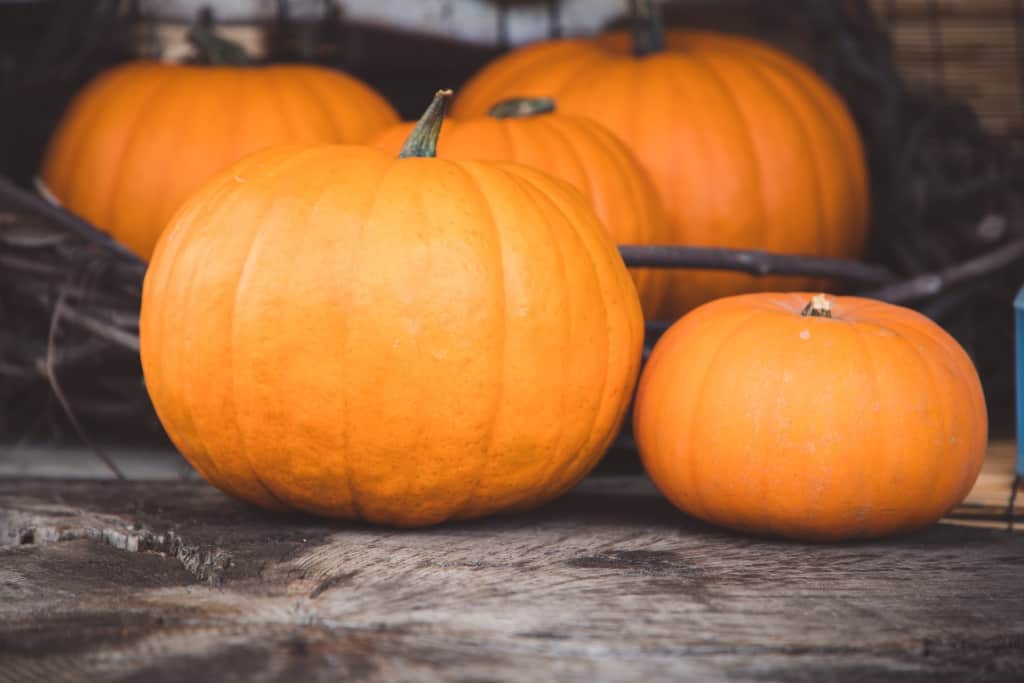Tips for Finding the Perfect Pumpkin
Photo by Olivia Spink on Unsplash
As Halloween approaches, people all over the world are starting their yearly ritual of finding the perfect pumpkin to carve and display.
Many communities’ pumpkin fields and farms have become bustling centers of activity as people of all ages search for the ideal pumpkin for Halloween.
People look for the most colorful and full-bodied pumpkins to take home. The thrill of Halloween comes from everyone’s search for the best blank canvas on which to paint frightening faces and detailed patterns.
Families go out on a creative quest to produce a work of art that will wow their neighbors and the people they meet while trick-or-treating.
With so many options, it’s understandable that many shoppers need help deciding what form or shade to buy. While taste varies from person to person, keeping these things in mind can help you choose the perfect pumpkin for your carving requirements. If you ever find yourself too busy to pick out the ideal pumpkin or simple need assistance with any other writing tasks, you can always rely on DarwinEssay, a trusted essay writing service, to help you with your academic needs.
In this article, you will learn all the essential pumpkin tips for finding the perfect one for your next Halloween with your loved ones.
Tips for Selecting the Perfect Pumpkin
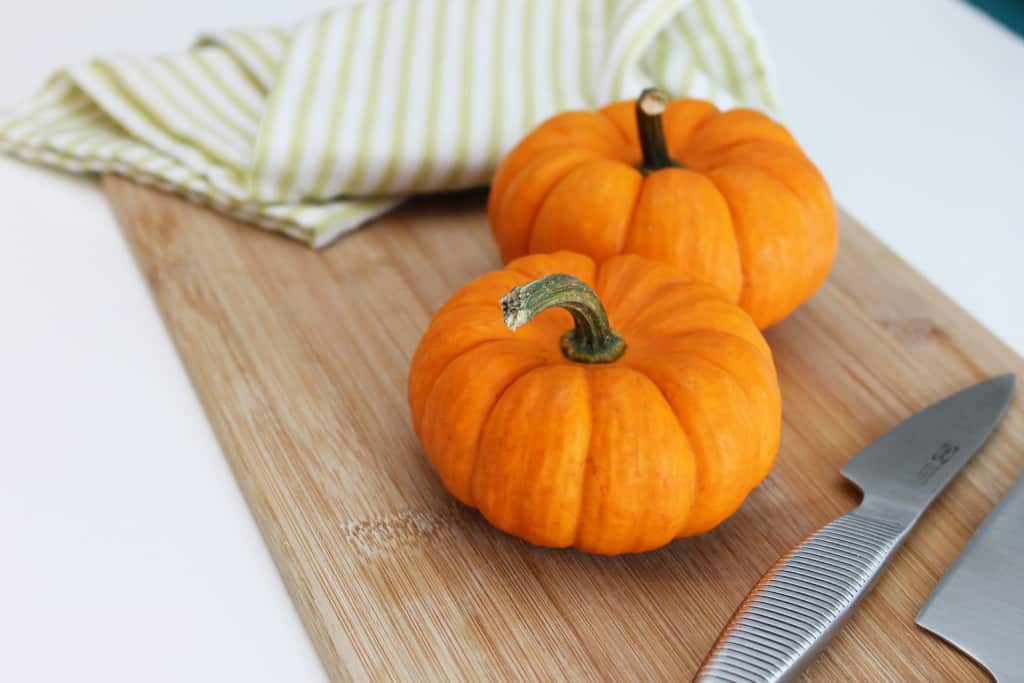
Photo by Kerde Severin on Unsplash
Choosing the ideal pumpkin may be challenging because of the many sizes, colors, and shapes available in the market. Here is a quick rundown of some of our pumpkin tips to help you choose the best one for your household.
Pick Out the Ideal Pumpkin Variety for You
Different types of pumpkins have their advantages and benefits. From the well-known orange pumpkin to the more obscure varieties, these pumpkins cover a broad spectrum of tastes, textures, and applications.
If you want to make the best pumpkin pie or carve the scariest jack-o’-lantern, you need to know the difference between the many pumpkin kinds.
We will discuss further the four most common types of pumpkins and suggestions on how to utilize them in the later part of this article.
Take a Detailed Inspection of the Pumpkin’s Skin
Carefully inspect the pumpkin’s flesh before purchasing. Put your fingers in the fruit and gently squeeze it. These flaws suggest that the pumpkin isn’t as fresh and won’t keep for as long.
Be on the lookout for mushy areas or mold since these are degradation indicators. It would be best to focus on the base of the flower and the area surrounding the stem.
Inspect these spots carefully since they are more vulnerable to deterioration and decomposition. In addition, when you squeeze a healthy pumpkin, it should feel hard and sturdy. Overripe or spoiled food often has a mushy, spongy texture.
Don’t Judge a Pumpkin by its Color!
Since pumpkins now come in various colors, from deep orange to pale orange to almost white, color is not usually the most significant sign of ripeness.
Instead, the pumpkin’s hardness is a better measure of its readiness. When pinched, a mature pumpkin will feel firm. A fully ripened pumpkin will have denser, firmer meat and thicker skin.
Be Sure to Look for the Pumpkin’s Stem
We usually overlook the stem of a pumpkin in favor of its skin, but it may tell you a lot about the quality of the pumpkin itself.
Avoid any brown, mushy, or dry stems. Instead, go for one that is deep green and feels solid. If the pumpkin’s stem seems healthy, it’s a good sign that it was grown in good conditions. A strong stem also indicates that the pumpkin will keep well and not decay quickly.
Look Out for the Pumpkin’s Wounds!
If a pumpkin has cracks or splits, it may be overripe or have been handled roughly, compromising its quality and flavor.
Choose pumpkins that have smooth, undamaged skin for the freshest and best-tasting results. The pumpkin’s freshness and lack of exposure to harmful pollutants may be known by its skin, which should be smooth and undamaged.
In addition, a pumpkin with fresh skin may be stored and enjoyed for longer.
Understanding Different Pumpkin Varieties
Did you know that pumpkins come in almost 150 distinct varieties? There’s a pumpkin out there for everyone since there are so many different kinds to choose from.
Whether you’re looking for a specific size, shape, or color, you’ll have no trouble finding a suitable pumpkin for your taste.
Pumpkins come in many sizes, from little ornamental varieties to bigger ones. Pumpkin lovers also have different colors and designs to pick from, not just the standard orange and green.
With so many options, pumpkin harvesting is a fun activity for the whole family!
Pumpkins are members of the Cucurbitaceae family, which also covers common vegetables such as cucumbers, watermelons, and squash. These plants are known for trailing vines, big leaves, and colorful, unusual fruits.
Four main varieties of pumpkins are well-recognized. Different types are distinguished from one another by their own traits and features. These massive groups are then broken down into countless subspecies.
Here is an overview of the four most common varieties of pumpkins:
| Type | Skin Color | Weight | Best Use |
|---|---|---|---|
| Pepo | Orange and Green | 2 lbs to 25 lbs | Carving, pies, and other cooking delicacies. |
| Moschata | Tan and Yellow | 10 lbs to 25 lbs | pies and carving |
| Maxima | Orange, Blue, and Blue-Green | 2 lbs to over 25 lbs | Carving |
| Mixta | Orange, Blue, Red, and Multi-Color | 2 lbs to 25 lbs | Decoration and Cooking |
Pepo Pumpkin
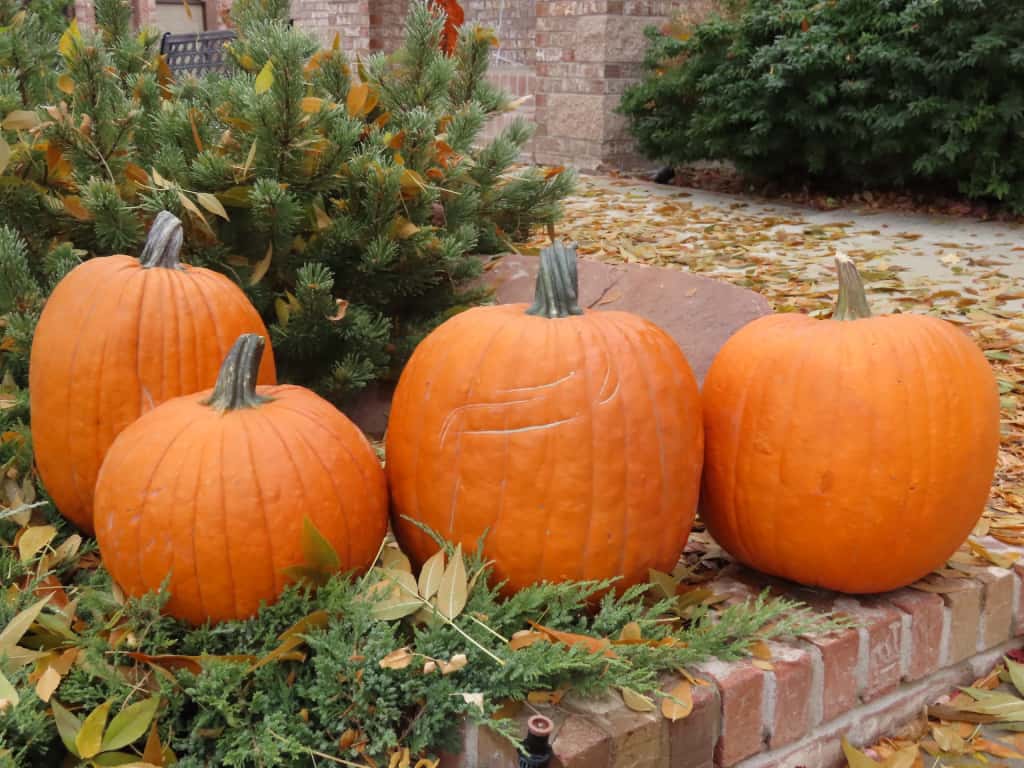
Photo by Jason Bardales on Unsplash
Many people consider pumpkins of the Pepo type to be the true, original pumpkin. These are the pumpkins that most people picture when they think of the vegetable.
Typical characteristics of a Pepo pumpkin are a spherical form, bright orange hue, and ribbed surface. On Halloween, people carve jack-o’-lanterns out of them, and these pumpkins are also used to make pies and other delicacies.
The thick, fibrous flesh of a Pepo pumpkin makes it ideal for culinary usage. Their flavor enhances many recipes with its unique combination of sweetness and earthiness.
In addition, these pumpkins keep well for a long time so that you may enjoy them far through the autumn months.
The Connecticut Field variety is typical of the Pepo pumpkin kind, which has been grown by Native Americans for millennia and is still quite popular among farmers today.
Connecticut Field pumpkins’ colossal size and bright orange color make them a popular option for seasonal decorating. In addition, the roasted seeds of a Pepo pumpkin, such as a Connecticut Field, make for a tasty and healthy snack.
Moschata Pumpkin
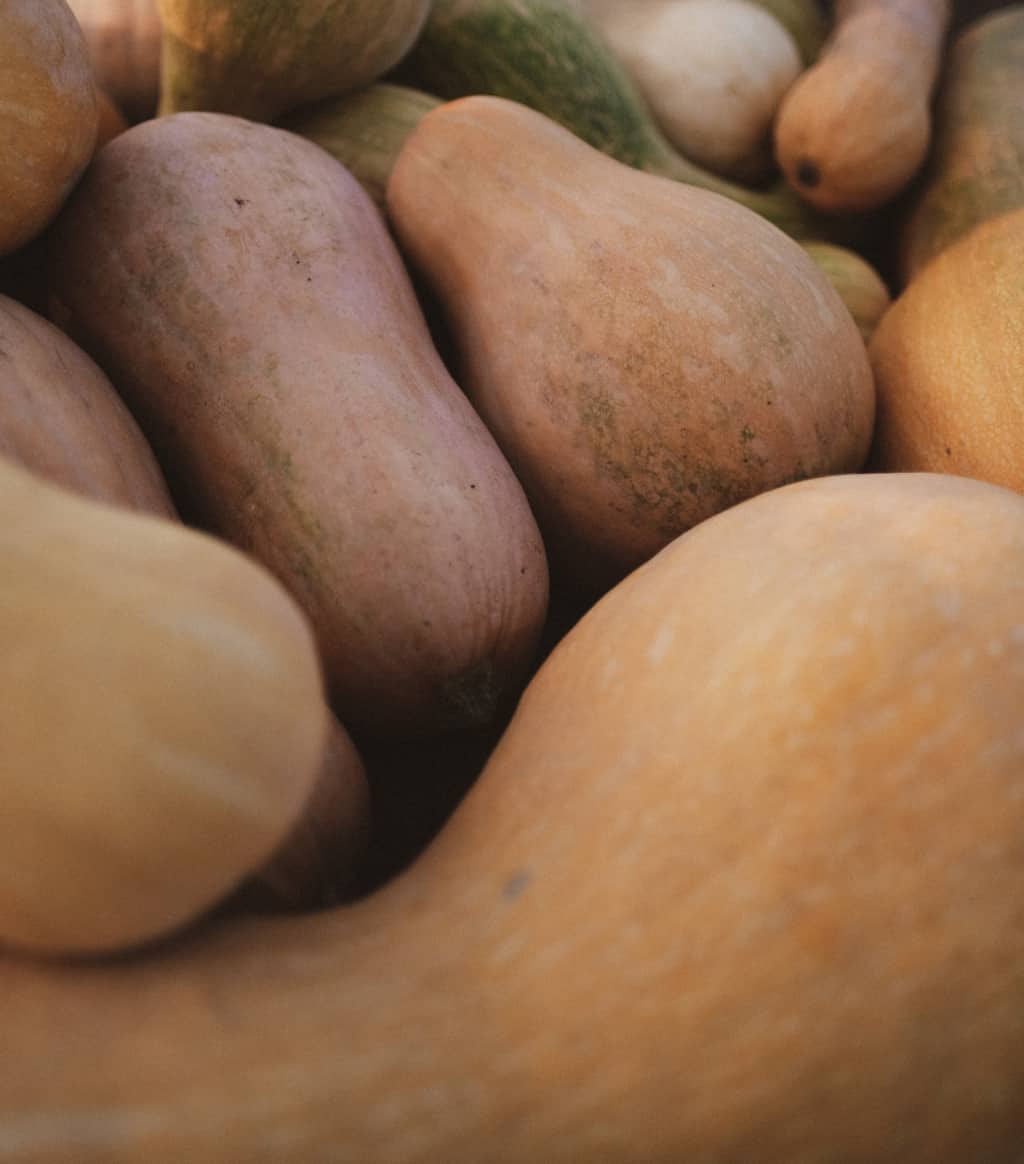
Photo by Farrinni on Unsplash
Pumpkins from the Moschata species are distinctive in that they tend to be more elongated than the typical round form. These pumpkins are distinct from others in that they have brown skin instead of the more familiar orange or yellow.
Their broad, deeply ridged stems are another distinguishing feature. The Moschata plant, scientific name Cucurbita Moschata, does best in areas with hot, humid weather.
Pumpkins of the Moschata species are distinctive for their sweeter, nuttier taste than those of other species.
If you are fond of pumpkin pie and other delectable treats made with pumpkin pulp, then the Moschata pumpkins are worth your attention. They are often used in baking and cooking across various cuisines.
The butternut squash stands out among the many Moschata varieties. This winter squash is a delicious alternative to pumpkin and has many health advantages.
It is a winter staple because it is helpful in various baked goods and soups. Butternut squash is a fantastic source of vitamins A and C and is high in fiber. Its sweet and nutty taste is welcome to desserts and main courses.
Butternut squash is a versatile ingredient that improves upon many dishes, whether roasted, pureed, or used as a filler.
Moschata pumpkins produce abundant crops in tropical regions’ hot and humid conditions. These special pumpkins stand out from the crowd thanks to their exceptional features and are a favorite among pastry chefs.
Maxima Pumpkin
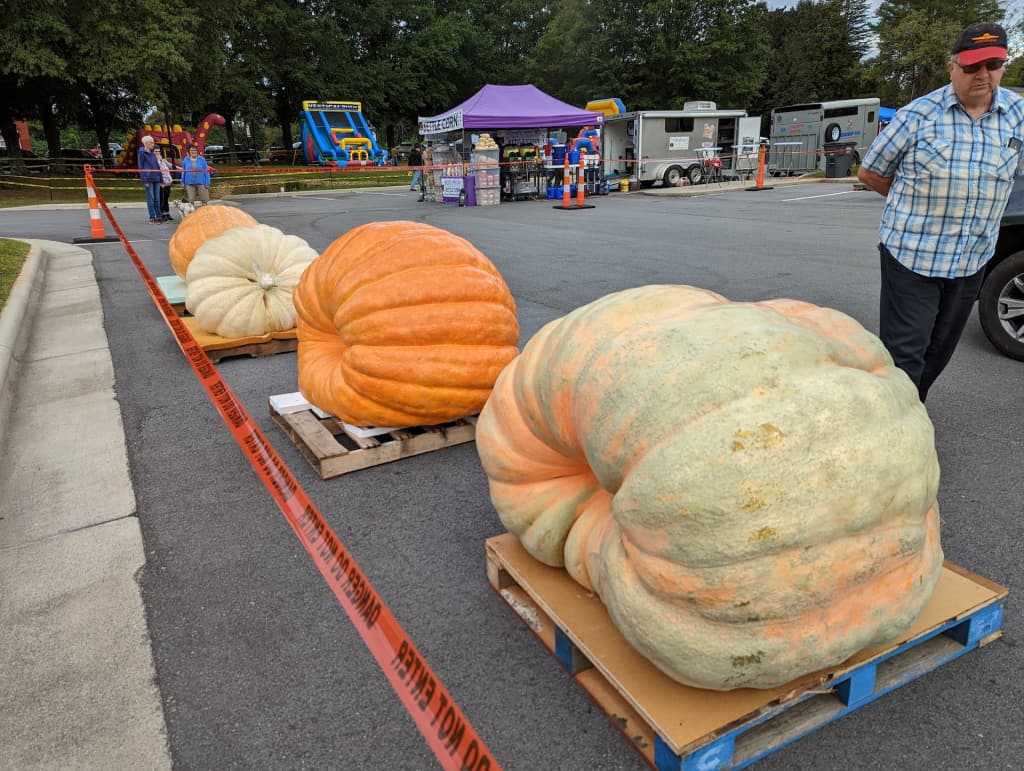
Photo by James Cline on Unsplash
Maximas, unlike other pumpkins, often have soft and corky stems rather than solid and valuable handles. Compared to other pumpkins, the Maxima type stands out due to its unusually long and flat appearance.
During Halloween, these pumpkins are in high demand for their bright orange hue and thick, firm skin.
The Maxima genus includes the largest pumpkins competing for trophies at county fairs. Typical in this category are pumpkins weighing over a hundred pounds, with the record set by a Dill’s Atlantic Giant Maxima at a staggering 2,702 pounds!
In addition, the flesh of Maxima pumpkins is richer and sweeter than other varieties. They are often used in culinary applications. Due to their bigger size and exquisite taste, the seeds of Maxima pumpkins are in high demand for roasting and nibbling.
Mixta Pumpkin
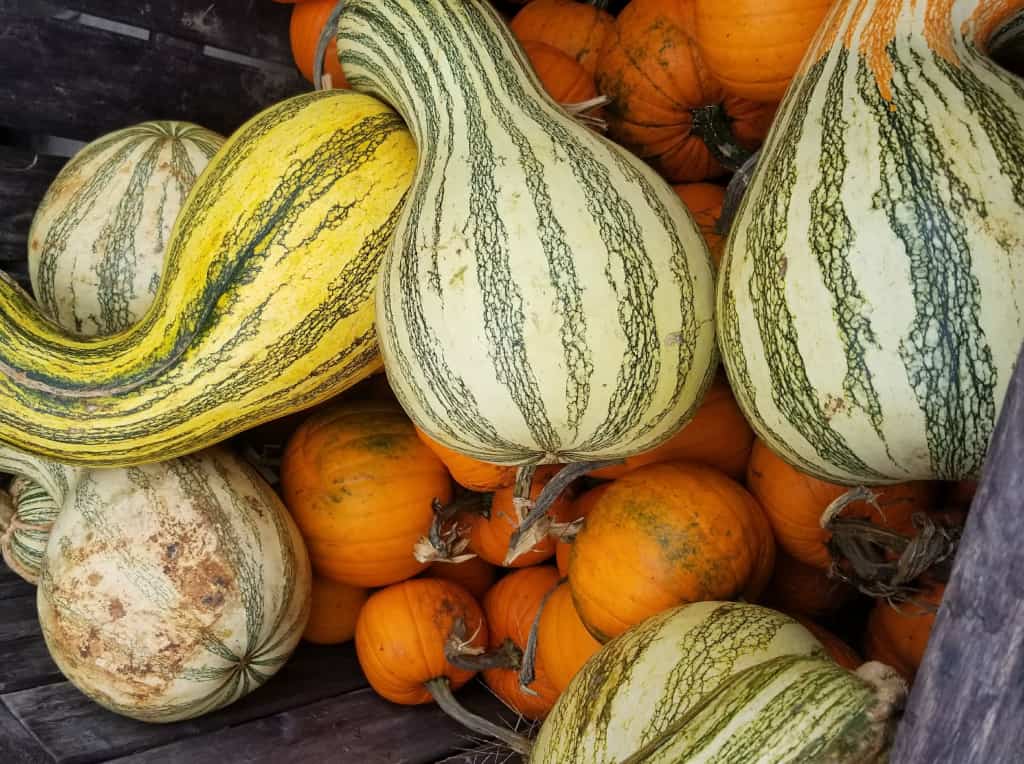
Photo by Teresa Coleman on Unsplash
Mixta pumpkins often have a broad base and a bulbous bottom. The Mixta genus also includes several small pumpkin species. Mixta genus tiny pumpkins are recognized for their brilliant colors and compact shapes.
They are often used for ornamental reasons because of their one-of-a-kind and striking visual appeal. These unusual pumpkins are perfect for autumn arrangements, table decoration, or artistic pumpkin carving.
Mixtas are not only aesthetically pleasing but also functionally flexible. These pumpkins are perfect for any artistic endeavor, from serving as a table centerpiece to spicing up an autumn wreath. The mixtas that can be eaten are versatile enough to be used in many recipes, from savory to sweet.
The Cushaw Squash is another member of the Mixta family. Cushaw Squash doesn’t resemble a pumpkin despite its usage in baked goods. It looks like an enormous zucchini with thick, leathery skin.
Harvesting and Storing Your Pumpkin
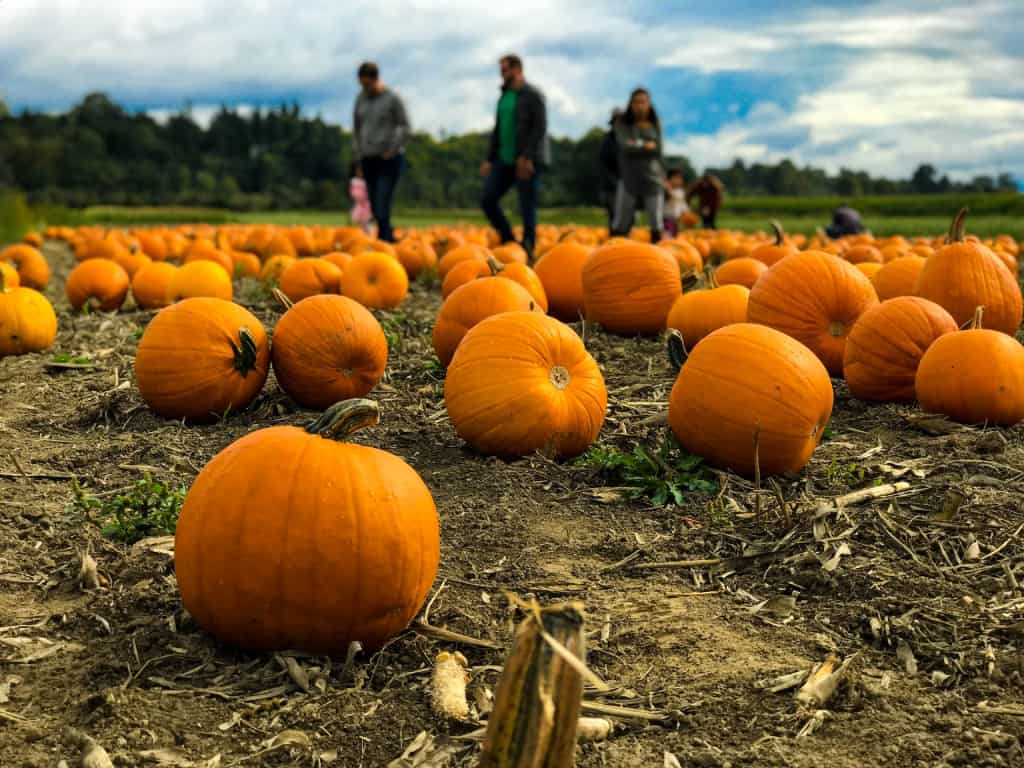
Photo by Marius Ciocirlan on Unsplash
It’s not enough to just choose the right pumpkin; you’ll also need to know how to keep it in good condition for as long as possible.
Keeping your pumpkin looking fresh and vivid is as easy as following a few simple procedures. Here are some pumpkin tips when it comes to storing and handling one:
When is the Best Time for Harvesting Pumpkins?
If you want your pumpkins to taste the best and last the longest, harvest them at the right time.
A fully developed color and firm rind are two of the most important indicators that a pumpkin is ready to be picked. In addition, if you start harvesting before the first frost and ensure the stems are dry, you may increase their storage life.
Observing their color and texture may determine the best time to harvest pumpkins. Pumpkins ready to be harvested will have a uniformly rich hue and tough skin. A hollow sound produced by lightly tapping the pumpkin is another sign that it is ready to be picked.
Don’t Grab the Pumpkin by the Stem. Instead, Hold it in Your Arms.
Care should be exercised while picking and transporting a pumpkin. Don’t pick up the pumpkin by the stem, no matter how tempting it may seem.
The stem does not function as a grip. If you pick up a pumpkin by its stem, you risk damaging or rotting it.
It’s best to hold the pumpkin firmly from the bottom to avoid damage, where the weight is distributed more evenly.
Cleaning and Preparing the Pumpkins for Storage
Cleaning your pumpkins well before storing them can help eliminate dirt, debris, or other pollutants.
First, clean the pumpkin’s exterior using a soft brush or sponge and lukewarm water. Cleaning pumpkins with harsh chemicals or soaps is not recommended since they may leave residues that detract from the final product.
Mild dish soap may be diluted with water and used sparingly to remove stubborn grime or stains. Ensure the pumpkin is completely dry before storing it so it doesn’t collect moisture and decay.
Preserving Pumpkins for Later Use
The pumpkins must be cured for approximately two weeks in a warm, dry place with good ventilation. This treatment makes the skin more resistant to decay, extending its shelf life.
Regularly checking the pumpkins for rot and damage throughout the curing process is essential. In addition to preventing the formation of mold or bacteria, proper curing conditions may be guaranteed by keeping the temperature and humidity at constant levels.
Finding the Perfect Place to Store Your Pumpkins
The best way to preserve pumpkins is in a cold, dry environment. This reduces deterioration and stops the spread of mold and germs.
Pumpkins may be kept for a more extended amount of time with their color and texture intact if they are stored out of direct sunlight.
- The optimal conditions are 50° and 60° Fahrenheit and 50% and 70% relative humidity.
Condensation on the fruit increases the danger of damage in humid conditions, whereas low humidity might dry it off. Extreme heat causes an increase in breathing and consequent weight loss.
Chilling damage occurs at temperatures below 50° Fahrenheit. Ventilation systems in greenhouses allow for temperature regulation even on cloudy days. Heat is not often required if the home is sealed up at night unless the temperature drops significantly.
Pumpkins should be checked on often to detect any damage right away while they are being stored. Careful handling is also necessary if a pumpkin begins to decay.
Remember to use gloves while handling a rotten pumpkin and place it in a proper disposable bag to prevent any future trouble. It will help prevent the spread of any mold or bacteria that may exist.
To further ensure that the bag does not cause any environmental damage, it must be discarded following local waste management regulations.
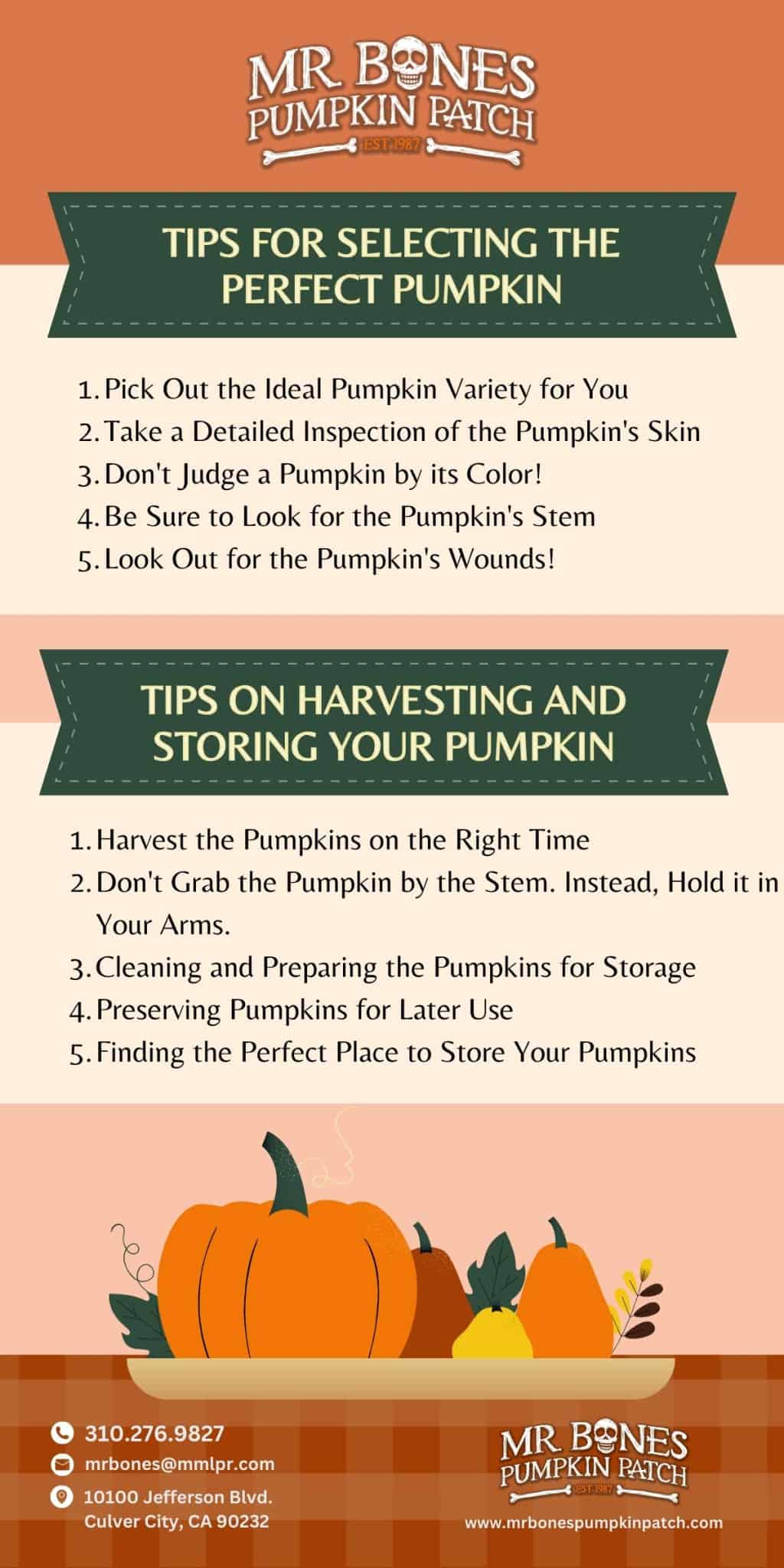
Wrap Up
Choosing the right pumpkin is essential, depending on the intended purpose of the fruit. Factors such as size, shape, and color should be considered to ensure a perfect fit for your Halloween festivities or delicious meals.
Also, understanding the proper technique to store it will guarantee trouble-free Halloween and festive dishes!
Feel free to get in touch with us! For more details, follow us on our social media channels below.
Facebook: https://www.facebook.com/mrbonespumpkinpatch/
Instagram: https://www.instagram.com/mrbones/
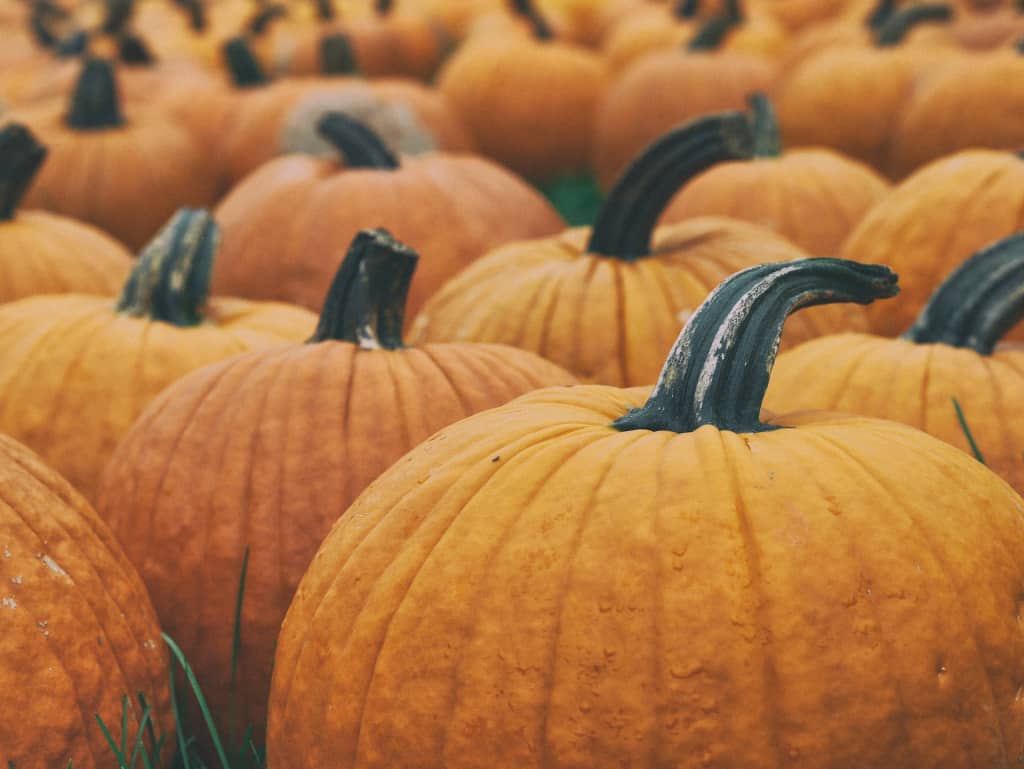
Photo by Aaron Burden on Unsplash
Frequently Asked Questions
What makes a perfect pumpkin?
Some pumpkins are excellent for decoration, and some pumpkins are perfect for use in culinary endeavors. So choosing the perfect pumpkin mainly depends on its intended use.
In terms of physical characteristics, a perfect pumpkin is firm to the touch, has smooth skin, and has a vibrant hue.
How do you carve a perfect pumpkin?
Halloween pumpkin carving is an art that involves careful planning, preparation, and execution. Having these fundamental pieces in place will help you to produce a genuinely scary masterpiece this Halloween.

